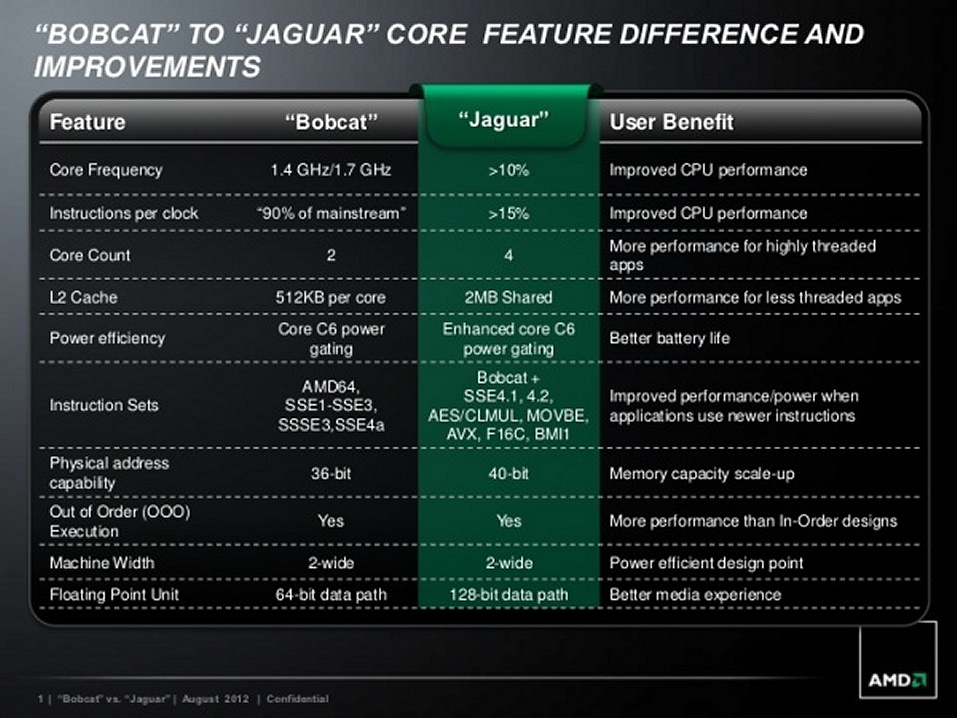Lump, I'm not sure what your point in this hair-splitting exercise is, but wuu being a poor piece of kit most probably results from bad decisions made by management. It's probably Iwata and his gang that decided to recycle that ancient gamecube CPU yet another time (with a bit more cache tacked on for show this round), but it could also have been on the advice of senior hardware engineering people. Who can say for sure! We would have needed to be a fly on the wall at the time to get the true answer to this.
Wuu is incredibly well built - like every nintendo gadget I've ever held I think (ok, not the N64 analog stick - it was fragile and not a great design), but the architecture is just terrible. Half a decade ago, it'd been serviceable, but half the main RAM bandwidth of competing consoles, terribly aged CPU cores that lack modern SIMD extensions, half RAM held back in reserve (with absolutely no benefit to show for it - slow menu loadtimes are infamous on wuu even after the current update) - it all makes wuu a real blunder of a games console.
Like I said in the above post (the one above yours in reply to Shifty) - I probably misunderstood your point. I've read far too much of this baseless "Nintendo dont know how to make hardware, lol" nonesense in other forums and was assuming thats what you were saying. My bad. Imo its not that they dont know how to compete with the high end hardware - its that they dont think they need to even slightly. Which is where the incompetency of the management comes in.
I agree Nintendo has miscalculated here and have chased up the wrong path. I like my WiiU and have been enjoying it a lot, but I think they should have sacrificed hardware BC in favour of an architecture more closely resembling the other two next-gen consoles in order to future proof it and attract 3rd parties. I'm not saying they should have been on par with Xbone, just alot closer in terms of power and architecture. There's still time for them to turn it around (sales wise) somewhat - but I'm struggling to see how they can at the moment. At best I think this will be just like the GC....which is fine by me, but probably not fine for their sharehodlers coming off the Wii's highs.
Regarding the CPU. I dont know how they arrived at that conclusion. Back compatibility and power efficiency obviously took precendent in their plans. I mean they could have stuck with what they've got but added another core/doubled the cores and have been fairly close to XBone's CPU, couldn't they?
How does Xbones Memory architecture compare?
Last edited by a moderator:

